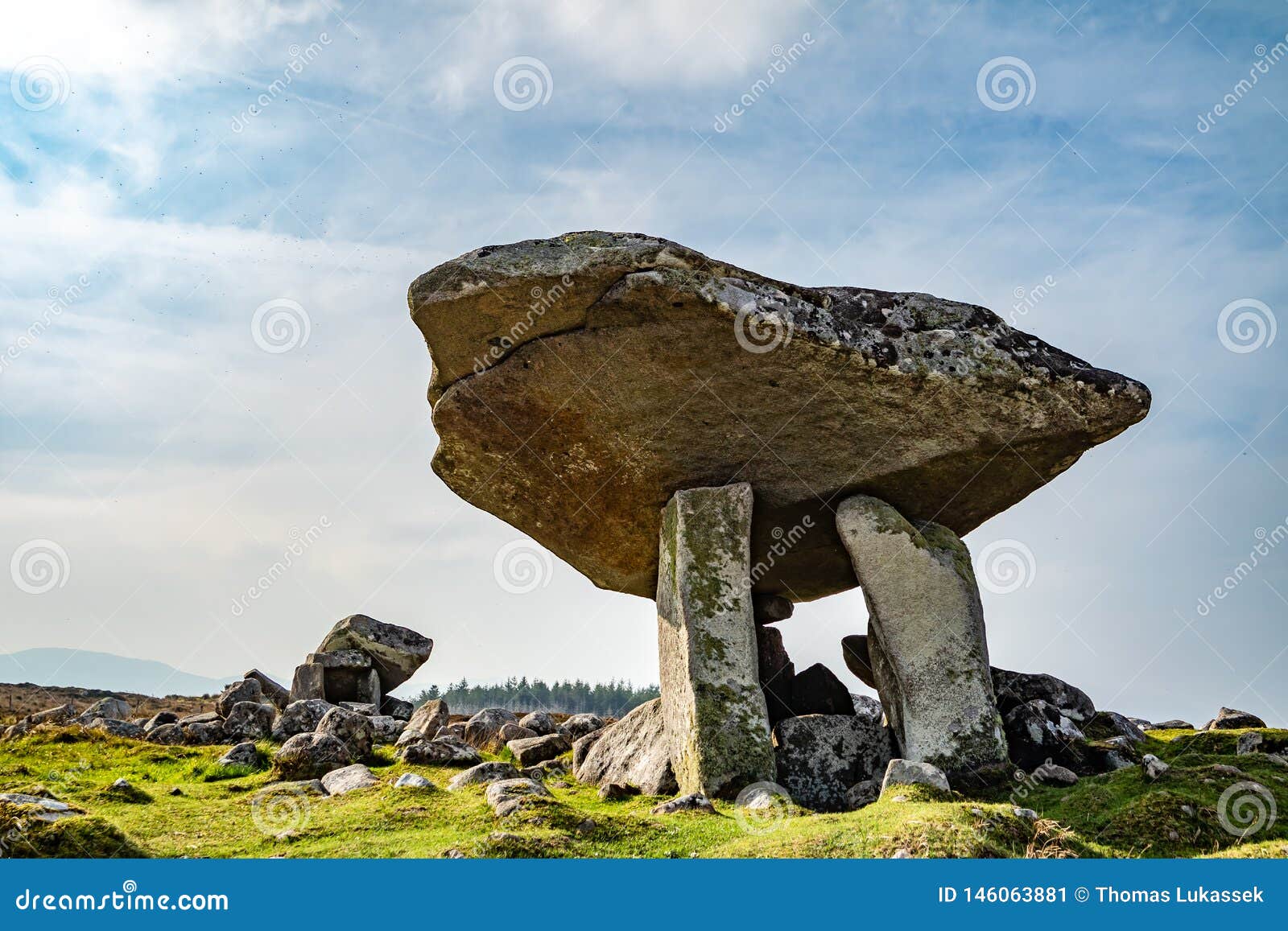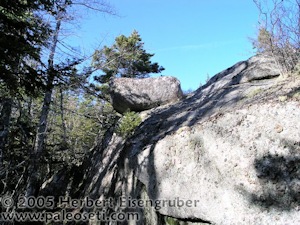


Here it can be easily confused with an old rusty leaf, but before it landed on a branch I saw it glide over the frozen shore. My first kingfisher encounter since childhood. If I’m not mistaken these belong to a rabbit. This year’s excitement about snow tracks is off limits. Therefore these are not Bronze Age cairns, but piled stones that were cleared away for farming. Unfortunately Lövö lacks any prehistoric remains due to a 10 meter higher sea level in the past. This Sunday we took a stroll around Lövö Nature reserve which provided us with a much needed dose of vitamin D and plenty bird watching opportunities. Sub zero temperatures, powdery snow and sun filled days put me in a great mood since usual winter weather conditions in Malmö are quite gloomy. Originally raised as graves, they were used in various rituals later on (often as offering stones), or being surrounded by superstitions were thought to be dwellings of supernatural beings. The small raised block resembling a mini-dolmen or a nesting hen is actually a man made stone formation found on some Bronze and Iron Age burial sites in Sweden. The largest cairn is 21 meters in diameter and 3 meters high. Though currently hidden under a layer of snow, most of the graves are still discernible: 5 cairns, 13 round and 5 rectangular stone settings, 2 ship-shaped stone settings – one of them being 40 meters long is the largest in Sweden, as well as a small raised block (so called höna på ägg) which is my favourite.
NORTHWESTERN SHORE DOLMEN FULL
Back in the ancient times it was probably an important ritual and spiritual center, perhaps a final resting place for the elite involved in the copper trade.įirst time I explored the area in September ’17 on a misty day when the heather was in full bloom. This burial ground is dated to the Bronze Age, containing 26 ancient remains, and is one of the biggest of this kind to be found in Sweden. Snäckedals is a notable grave field located north of Snäckedal farm in Misterhults parish near Oskarshamn.


 0 kommentar(er)
0 kommentar(er)
